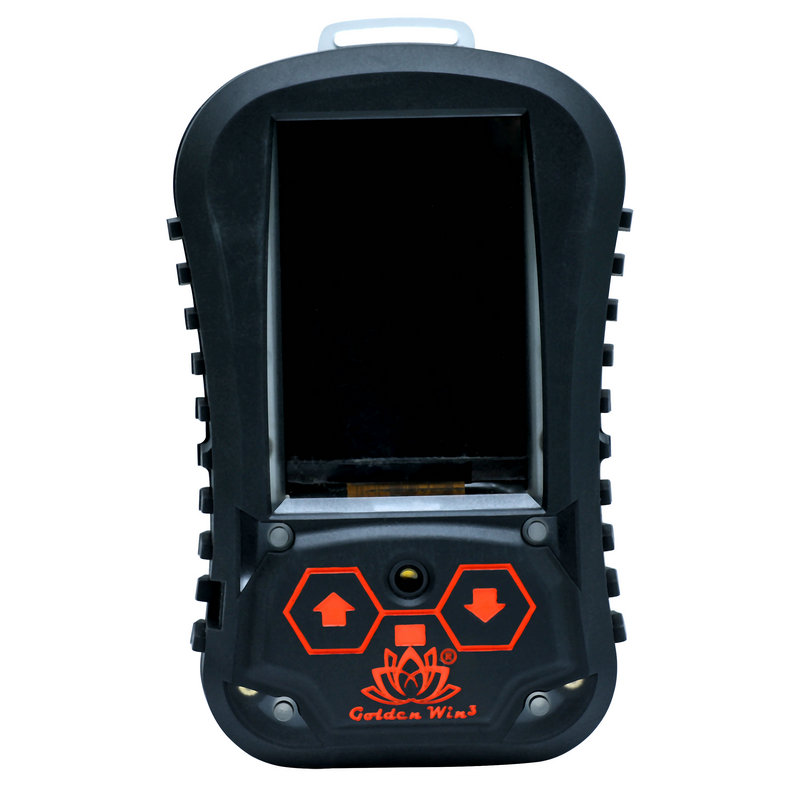Yes, environment monitoring detection personal, especially those designed for personal use, can be used to measure air quality. These devices are equipped with sensors that can detect various pollutants and gases present in the air, providing valuable insights into the overall air quality of a specific environment. Here's how these devices can be used to measure air quality:
Air Quality Sensors:
Many personal environment monitoring devices are equipped with sensors that can measure a range of pollutants and gases that affect air quality. These sensors include those for measuring carbon dioxide (CO2), carbon monoxide (CO), volatile organic compounds (VOCs), nitrogen dioxide (NO2), sulfur dioxide (SO2), ozone (O3), and particulate matter (PM2.5 and PM10).
Real-Time Monitoring:
These devices provide real-time measurements of air quality parameters. Users can see the current levels of various pollutants and gases in their immediate environment.
Personal Air Quality Insights:
Personal environment monitoring devices are designed to provide individuals with information about the air quality they are exposed to in their daily lives. This information can help users make informed decisions about outdoor activities, indoor air ventilation, and health precautions.
Alerts and Notifications:
Some devices are equipped with alert systems that notify users when air quality levels exceed safe thresholds. This can be especially useful for people with sensitivities to poor air quality, such as those with respiratory conditions.
Historical Data and Trends:
Many devices store historical data, allowing users to track trends in air quality over time. This can help individuals identify patterns and potential sources of pollution in their surroundings.
Indoor and Outdoor Use:
These devices can be used both indoors and outdoors, giving users insights into the air quality of their living spaces, workplaces, and the outdoor environment.
Integration with Apps and Platforms:
Many personal environment monitoring devices come with companion apps that provide visual representations of air quality data. These apps can offer additional insights, recommendations, and historical tracking.
Health Considerations:
Measuring air quality can have significant health implications, as poor air quality can lead to respiratory issues, allergies, and other health problems. Personal environment monitoring devices empower individuals to take measures to reduce their exposure to pollutants.
Outdoor Activities:
People who engage in outdoor activities like jogging, cycling, or walking can use these devices to assess the air quality in their surroundings before venturing out.
It's important to select a device with sensors that are appropriate for the pollutants you're concerned about and to understand the accuracy and limitations of the device. While personal environment monitoring devices can provide valuable insights into air quality, they are not a substitute for professional-grade air quality monitoring in highly controlled environments or industrial settings.



 English
English Español
Español

